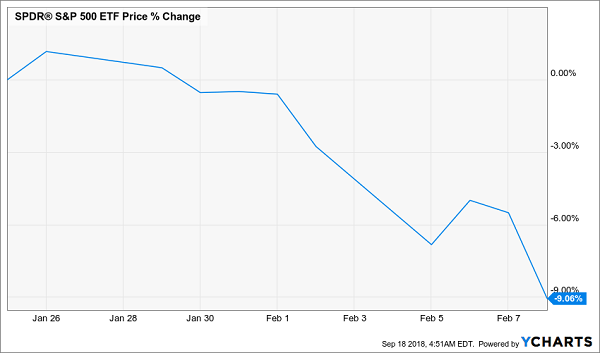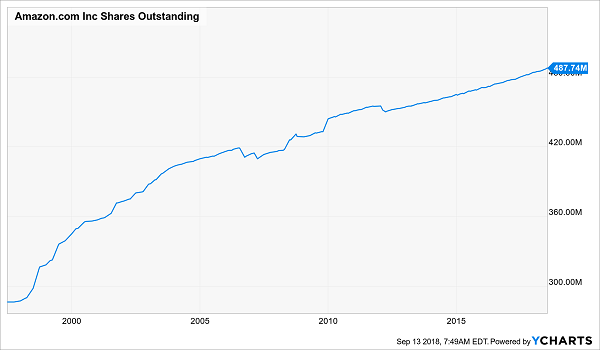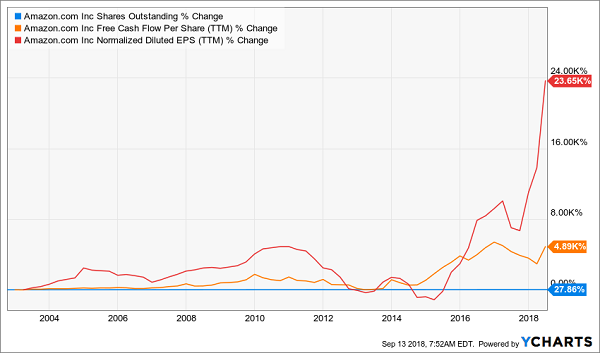2 Clicks for 8% Dividends and 115% Gains
Michael Foster, Investment StrategistUpdated: September 24, 2018
Today I’m going to show you a “1 click” way to buy real estate and squeeze an 8% income from it year in and year out.
So if you drop $300k into this investment—the price of the average American home—you’ll instantly trigger a $24,000 yearly income stream.
And no, we’re not going to parade through open house after open house to do it. We’ll buy in right from the comfort of our brokerage accounts!
Best of all, we can be assured that our “properties” will be in the hottest neighborhoods, setting us up for fast price gains, too.
Zero Deadbeat Tenants, Zero Hidden Costs
If you already own rental property, I don’t have to tell you that it’s far from a passive investment.… Read more




